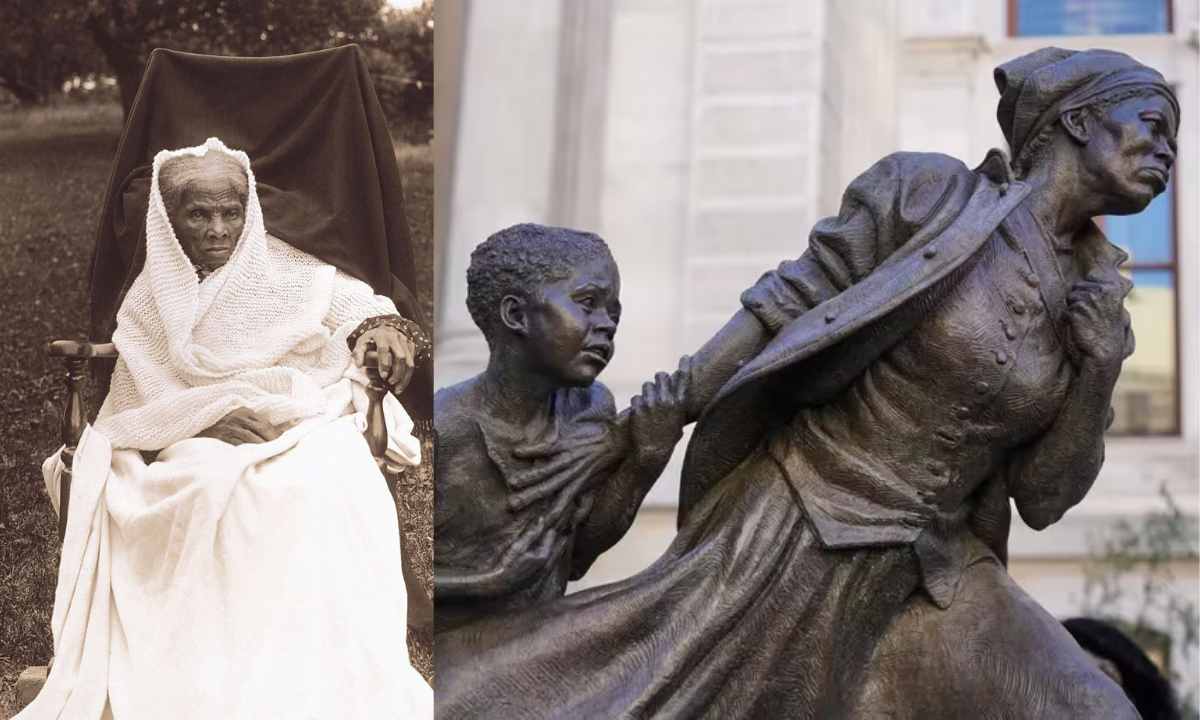This Tiny Woman Saved 70 Slaves, and Guided 300 Out Of Slavery While Suffering A Brain Injury!
Harriet Tubman, born around March 1822, is a significant figure in American history. She was an abolitionist, Civil War scout, and advocate for women’s suffrage. During the Civil War, Harriet received the credit as “the first woman to lead an armed military operation in the United States.” Harriet suffered a severe brain injury after a heavy metal weight was thrown at her at the time she served as a slave. As a result, Harriet had to carry life-long consequences.
Despite all the challenges, she achieved incredible feats. She rescued approximately 70 enslaved people and guided over 300 others to freedom using the Underground Railroad. Let’s dive into the details of her incredible story.
Harriet Tubman Faces a Traumatic Head Injury
Harriet Tubman was born into slavery in Dorchester County, Maryland. As a child, she was beaten and whipped by enslavers. When she was about 12 years old, an overseer threw a heavy metal weight intending to hit another slave. But it struck Harriet instead. This injury caused her lifelong consequences like dizziness, pain, and spells of hypersomnia. She also began experiencing visions and vivid dreams. She believed they were premonitions.

The Escape to Freedom: “Never lost a passenger”.
In 1849, Harriet Tubman escaped from slavery in Maryland to Philadelphia, driven by rumors that she was about to be sold. Shortly after, she returned to Maryland to rescue her family, marking the beginning of her work with the Underground Railroad.
Slowly, Harriet took her relatives and dozens of others out of the state, one group at a time. Harriet traveled by night and in secrecy, and “never lost a passenger”.

The Underground Railroad: “Moses” of Her People
Harriet Tubman became a key figure in the Underground Railroad, organizing and leading missions to free enslaved people. Despite the risks, especially after the Fugitive Slave Act of 1850, she continued her dangerous missions. After the Act passed, she supported guiding fugitives farther north into British North America (Canada). She didn’t stop there. She helped these newly freed people find work as well. Harriet met John Brown in 1858. She assisted him in planning and recruiting supporters for the Harpers Ferry raid in 1859.
Harriet was inventive, often escaping on Saturday nights to delay newspaper reports. Her iron discipline ensured success, and she reportedly never lost a fugitive. If anyone thought of turning back on the journey and even putting the entire mission at risk, she reportedly reminded them “You’ll be free or die.”
Slaveholders offered rewards for her capture, while abolitionists celebrated her courage. John Brown, who planned an antislavery raid, referred to her as “General” Tubman. She also gained the nickname ‘Moses’ as she guided over 300 out of slavery. By 1858, she bought a small farm near Auburn, New York, for her aged parents and herself.

Contribution to the Civil War Effort
During the Civil War, Harriet Tubman worked for the Union Army as a cook, nurse, armed scout, and spy. She led the Combahee Ferry raid, guiding Union troops and liberating over 700 enslaved people. This achievement made her the first woman to lead an armed military operation in the United States.

Life After the War
After the Civil War, Harriet Tubman continued her activism, including involvement in the women’s suffrage movement. She created the Harriet Tubman Home for Aged and Indigent Negroes in Auburn, New York, where she took in orphans and older adults.
Despite her significant contributions, she struggled financially and applied for a federal pension. She eventually received $20 monthly for her wartime service. Harriet Tubman remained in Auburn until her death in 1913. Her life continues to inspire movements for civil rights and gender equality.
Conclusion
Harriet Tubman’s life is a testament to courage and resilience. Despite severe hardships, she made significant contributions to American history. Her legacy as a symbol of freedom and equality endures, encouraging us to learn more about her life and support efforts to preserve her legacy and promote social justice.
Also read,







